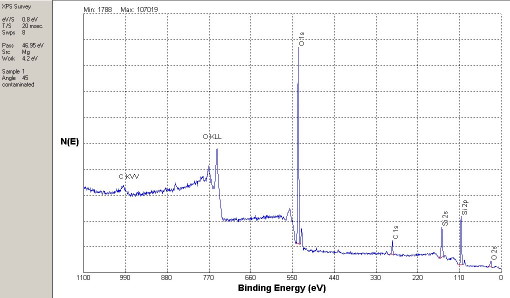Oxides & Nitrides
Silicon Oxide - the transparent, corrosion resistant barrier layer
In semiconductor industry, silicon oxide is, because of its extreme high specific electrical resistivity and its dielectric strength, one of the most important thin films. There, silicon oxide usually is deposited in parallel plate reactors by means of Plasma-CVD and a radio frequency of 13.56 MHz onto plain substrates. The technology developed by PT&B permits the deposition of SiO2 in circular parallel plate reactors of 600 mm diameter or in rectangular plate reactors 600 mm wide and 1000 mm high, respectively. In addition, also large objects up to 1000 mm height and 750 mm diameter can be coated by silicon oxide. The dimensions of the coating goods are identical to those as for SiC coatings. The same holds for the deposition temperature.
Applications of SilCor®SiO2 Silicon Oxide (a-SiO2:H)
- Corrosion protection of massive mirrors of, e. g., aluminum, or metallic thin films mirrors
- Optical films - anti reflection coatings due to low refractive index
- Electrical insulation - 1000 V DC for a sufficient coating thickness
- Transparent diffusion barriers for plastics

Physical properties of SilCor®SiO2 Siliciumoxid (a-SiO2:H)
- Possible film thickness: 20 nm - 25 µm ( following values for a typical thickness of 3 µm)
- Surface roughness: 0,02 µm
- Universal hardness: U_H = 11 GPa
- Vickers hardness: HV (0,01) = 1050
- Young's modulus: E = 77 GPa
- Elastic deformation: W_E/P = 68 %
- Stress on Si-substrate: s = 0,6 GPa
- Index of refraction (@550 nm)): 1,45
- Surface energy: 45 mN/m (hydrophobic)
- Specific electrical resistivity: 10^18 Ωcm
- Temperature resistance: up to 500 Grad Celsius
- Chemical resistance: Against acids, leeches, salts and oxidizing agents
- De-coating: Plasmachemical process